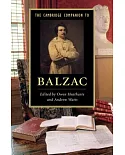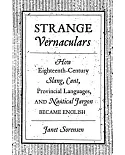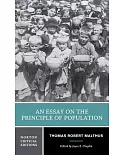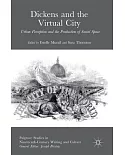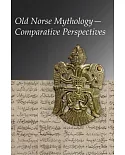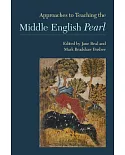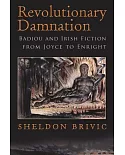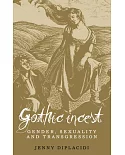In this profoundly original and far-reaching study, Robert M. Polhemus shows how novels have helped to make erotic love a matter of faith in modern life. Erotic faith, Polhemus argues, is an
emotional conviction--ultimately religious in nature--that meaning, value, hope, and even the possibility of transcendence can be found in love.
Drawing on a wide range of disciplines, Polhemus shows the reciprocity of love as subject, the novel as form, and faith as motive in important works by Jane Austen, Walter Scott, the Brontës,
Dickens, George Eliot, Trollope, Thomas Hardy, Joyce, D. H. Lawrence, Virginia Woolf, and Samuel Beckett. Throughout, Polhemus relates the novelists' representation of love to that of such
artists as Botticelli, Vermeer, Claude Lorrain, Redon, and Klimt. Juxtaposing their paintings with nineteenth- and twentieth-century texts both reveals the ways in which novels develop and
individualize common erotic and religious themes and illustrates how the novel has influenced our perception of all art.


